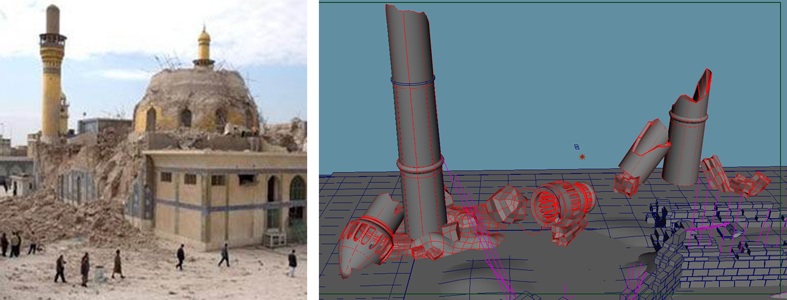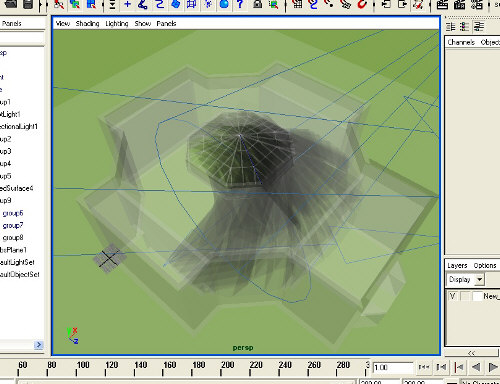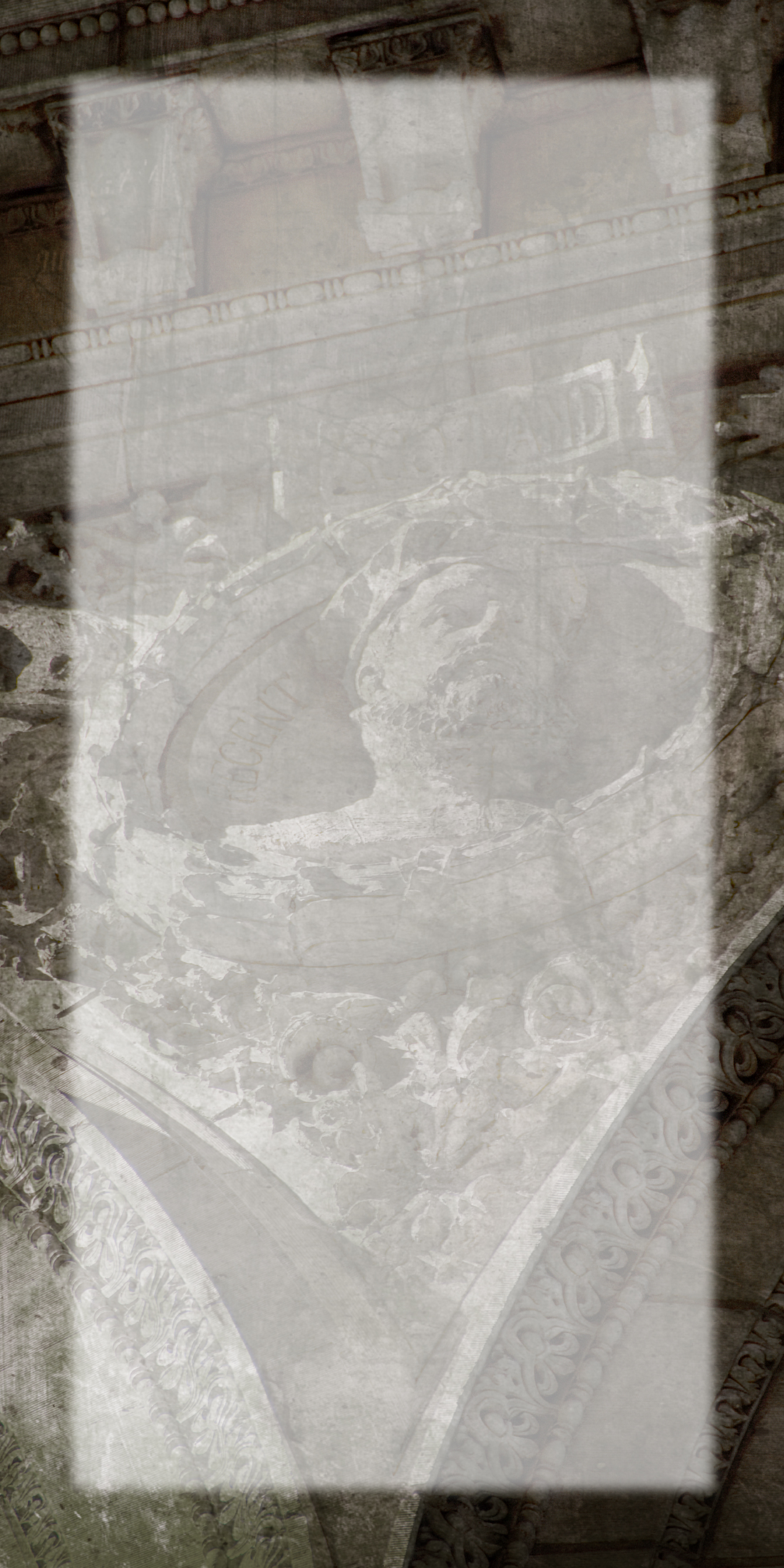A New Sacred Space: Michael Somoroff’s Illumination I by Donald Kuspit
If “disintegration and excessive tension reduction must be attributed to the absence or impotence of articulate structure,”(8) then the “tension of the high anabolic order” that is Illumination I—the tension built into its structure, articulated through its form (in contrast to the neutralized tension of Johnson’s banal octagon and the tensionlessness implicit in Rothko’s uniformity, formlessness in all but name, however much one is tempted to give it the biblical name of “brooding upon the dark waters”)--is re-integrative and exhilarating. Illumination I is a truly ecstatic work. If the absence or impotence of articulate structure—especially highly differentiated and self-individualizing structure—is a “pathological condition,” as Arnheim thinks, suggesting that Rothko’s inarticulate paintings (paintings which make a fetish of inarticulateness) are pathological in import, the Somoroff’s archisculpture is the healthy alternative to their pathology, and to Johnson’s building, which has a pathological dullness, as its mechanical character suggests. “Are we dealing with the sort of exhaustion of vital energy that prophets and poets proclaimed and decried in the last [19th] century?”, Arnheim asks. “Is the modern world socially, cognitively, perceptually devoid of the kind of high order needed to generate similarly organized form in the minds of artists? Or is the order of our world so pernicious as to prevent the artist from responding to it?”
All three seem involved in the Rothko Chapel paintings. First, there is the factor of Rothko’s personal exhaustion, that is, the irreversible loss of vital energy that went into his paintings. Their darkness suggests postpartum (postcreative) depression. Secondly, the collapse of the high order narratives of experience traditionally represented in such sacred spaces as chapels—the loss of the so-called metanarratives, more particularly, the religious narratives that suggest that every individual enacts in his or her life the conflict between sacred and profane values, that is, has to decide how to render unto Caesar what is Caesar’s and unto God what is God’s, and how much of one’s life to render to each (the latter is presumably more difficult to do than the former, and many people find it hard to distinguish between Caesar and God)--certainly had an effect. This correlates with the feeling that many mystically inclined abstract painters had—the so-called transcendental abstractionists, particularly Kandinsky and Malevich, who pioneered the transcendental abstraction of which Rothko’s paintings are perhaps the death throes, or at least the last significant representative—that traditional Christian iconography had become meaningless and unconvincing, emotionally and intellectually, and thus could not be convincing aesthetically. Finally, there is withdrawal from the pernicious materialism of the modern world. It is a recurrent theme in the thinking of Kandinsky, who directly attacked it, and in Rothko, who suggested that the artist “abandon his plastic bank-book, just as he has abandoned other forms of security.”(9) Both regarded their abstract paintings—paintings that deny that the world’s material “objectivity,” is the only objectivity, and thus refuse to describe the world in familiar objective terms, which is part of the point of Kandinsky’s idea of non-objectivity—as a spiritual alternative to and emotional refuge in it. (Nothing for the plastic bank-book—a contemptuous symbol of Caesar—Rothko says, and everything for painting, the God he worshipped. It is a seriously disproportionate, unjudicious arrangement, indicating the lack of psychic balance that must have contributed to his self-destruction.)
2
Somoroff’s Illumination I addresses what is perhaps the most pressing issue of contemporary architecture: how to construct a convincing sacred space in a completely secular world—a credible spiritual space in a society in which only science and technology are regarded as credible. How is one to create an authentic space for belief in an age of widespread disbelief?(10) We deeply believe in science and technology; they will cure what ails us once and for all time. Today only the naive—the intellectually unenlightened—dare believe that religion is their equal.

Al-Aksar News Photo and Virtual Mosque Construction

Computer image of Rothko Chapel with tracing of light
